Blooming Controversy: What Is Killing the Wildlife in Kenya’s Lake Naivasha?
Drought, flower farms, and pesticides are damaging the already shallow lake
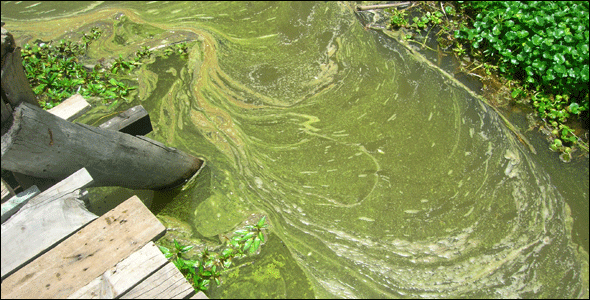
By Brett Walton
Circle of Blue
NAIROBI, KENYA—-Flamingos are showing up on Lake Naisvasha, a freshwater vacation destination 100 kilometers northwest of Nairobi, and they worry David Kilo. Why? Because flamingos favor saltwater. When flamingos flock to freshwater lakes it’s an unmistakable signal that the natural balances of a healthy ecosystem have sustained a heavy blow.
“They shouldn’t be here,” Kilo told Circle of Blue in March following the United Nations’ World Water Day Conference in Kenya. “They usually gather at Nakuru, [a saltwater body], but recently they’ve started to come to Naivasha.”
No one knows precisely what the threat is to Lake Naivasha, Kenya’s third largest lake. But it’s genuine, says Kilo, the chairman of an anti-poaching conservation group. Droughts prompted by the changing climate, soaring population in cities fed by the lake, and a nearly 40-year-old horticultural industry that uses the lake for irrigation and drainage have shrunk Lake Naivasha to roughly 10,700 hectares (41 sq. mi.) or half its size two decades ago.
In February, a month before a Circe of Blue reporter visited the lake, three days of heavy rains ended with more than 1000 dead fish. The lake’s water turned red. The government blamed the fish kill on low oxygen levels.
The ecosystem damage in this part of east Africa is another facet of a wave of unmistakable evidence in Africa and every other continent that climate change, population growth, and the pursuit of industrial wealth is starting to buckle the Earth’s basic biology. The principle resource most affected is available supplies of clean freshwater.
Lake Naivasha was a site visited by several journalists following the major UN conference for World Water Day in Nairobi. The lake, which is listed as protected by the Ramsar Convention on Wetlands, was once an incredible tourist attraction. Development around the lake has resulted in deforestation and now wildlife is disappearing. In the meantime, two of the rivers that flow into the lake, Malewa and Gilgil, are drying up and a thick algal soup develops among the papyrus groves on the lake’s margin. The algae, just like the flamingos, shouldn’t be there.
Low Oxygen, Water Levels Harm Wildlife
Kilo’s office and pier connects to a plot of land along Naivasha known as Fisherman’s Camp, a lovely green spot shaded by scores of acacia trees. The camp has a lodge with rooms to rent and space to pitch a tent on the grass. Camp managers were preparing for the weekend’s Rift Valley Festival, a three-day “musical experience in the cradle of mankind,” according to promotional flyers.
Field manager Moses Parmat said that changes in Lake Naivasha’s wildlife and water quality have affected the camp’s ability to draw international tourists. “Ninety percent of what attracts tourism has gone down,” Parmat said. Domestic visitors still come to Naivasha as a refuge from Nairobi’s congestion, but they do not bring the camp as much income as those from abroad.
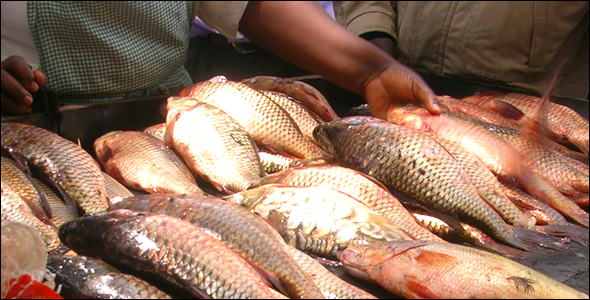
Lake Naivasha’s water levels have fallen drastically in recent years, shrinking the breeding ground for microphytes—tiny organisms at the base of the food chain. The lake, which has an average depth of 5 meters, reached an all-time recorded low in December 2009. They usually cover the lake bottom, Kilo said, but an increase in the amount of sediment has reduced the population.
Kilo points from the pier 300 meters inland to show the water’s recession. The most affected area is the shallower eastern shore where the water retreated three kilometers. Now in many parts of the lake the first growth of papyrus is too far away for the birds and marine life that breed there.
The fluctuating lake levels have devastated hippopotamus pods. In addition to a shrinking lake, much of the hippos’ habitat is being converted to farmland. As a result hippos have become trapped in mud pits around the lake, stranded from a water source and left to die.
“The riparian lands have been taken for farming, so the hippos are not coming,” Parmat said. “We have seen many die. They go to trenches where people get water and die. The Kenyan Wildlife Service traps and moves them elsewhere, but it is still a big problem.”

While the disappearance of birds and hippos from the lake has been gradual, it was the death of 1000 fish three months ago that revealed just how bad lake conditions have become. The kill aggravated the debate between government officials and local activists who are trying to determine what caused oxygen levels to drop, and so many fish to die.
The Battle with Flower Farms
Coming from Naivasha town, a right turn on Moi South Lake Road takes you along the southern shore of the lake. On the left, volcanic Mt. Longonot rises over dusted plains, cacti and acacia trees. On the right, lakeshore topography gradually gives way to a line of three-meter, hedge-fronted fences that partially obscure translucent greenhouses. Every kilometer or so there is a break in the hedge with space for a gated guardhouse and a company sign: Nini Farm, Oserian Flower Company, Kenya Roses, Sher Agencies. Looking through the gates it is possible to see the depth of the compounds. The greenhouses extend hundreds of meters in the distance like perspective lines seeking a vanishing point.
Kenya is the top flower supplier to the European Union. Flower farming is lucrative business, ranking second as a source of foreign exchange behind tourism. The industry earned US$585 million in 2008, according to the Kenya Flower Council, a trade group.
The flower farms provide cut flowers for export, of which 97 percent end up in bouquets in European cities. The farms began locating around Lake Naivasha in the early 1970s, drawn there by the water supply, the high equatorial sun which ensures straight stems, favorable weather conditions for year-round growing and direct air links with Europe. Roses and carnations, which comprise the bulk of the Naivasha operations, can go from Kenyan farm to London florist in 48 hours.
But Naivasha has become too popular as a farming site. More than 50 farms line its shore and account for half of all water withdrawals from the lake, according to David Harper, a biology professor at the University of Leicester in England who studies Naivasha. Concerns about the farms’ effects on the area’s ecology fit into the broad categories of water quantity and water quality: too much water is being taken out and too much polluted water is being put back in.
Both claims are contested by the flower industry.
“2009 was the worst year in terms of drought, countrywide,” said Jane Ngiga, CEO of the Kenya Flower Council. “Not just Lake Naivasha, but many lakes in the Rift Valley dried up. There were severe winters in Europe, the U.S. and Canada. These are effects of global climate change. This year we have the opposite problem in Kenya. There has been a lot of rain, and the story around the lake is much different. The lake is filled with water.”
It is true that lake levels have risen about one meter since Circle of Blue visited in late March, and the lake does have a high natural variability–in the 1950s it almost disappeared from drought. However, according to Harper, water withdrawals have still had an effect.
“The lake is over-abstracted currently, so it is estimated to be oscillating at two meters below its natural level,” he wrote in an email message.
A big problem with the system is monitoring water inflows and outflows. Ngiga said that the farms themselves do their own monitoring of withdrawals with periodic audits from external agencies and the government. A water allocation plan was put in place in the fall of 2009, but to this point there have been insufficient funds to ensure compliance, Harper said.
Harper spoke in more detail about excessive water withdrawals in a press release from the University of Leicester.
“Individual big companies are concerned,” he said. “They have Fair Trade status and are highly efficient within their boundaries. Nevertheless the lake is disappearing because the concerned companies are only about a quarter of all companies and there are no minimum standards that all companies must adhere to in order to export their produce.”
Lack of data available to the public compounds the issue, and has led people to assume their suspicions. For many people around the lake, those assumptions point toward the greenhouses. Kilo said there is no center for data collection and each sector has its own organizations that collect information.
That is why visible events like the February fish kill have such a catalyzing effect.
“We suspect some chemicals are being released to the lake from the flower farms,” said Geoffrey Mwirikia, the chairman of one of the lake’s fishing associations. “But the government says it’s not the farms.”
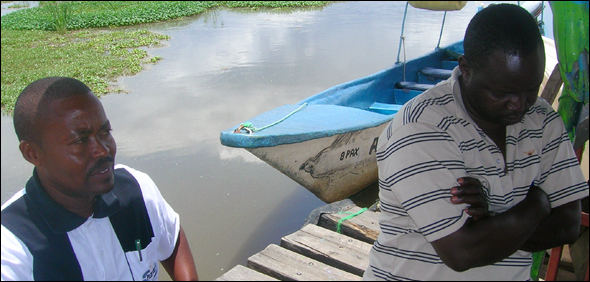
The official report from the Ministry of Fisheries concluded that the fish died from too little oxygen, which was caused by the decomposition of biological material and poor mixing of surface and sub-surface waters. Sediment and water samples did not show lethal levels of toxicity.
The claims are disputed by many outside of the government who wonder why the fish kill occurred only in the southern section of the lake where the farms are concentrated. The Malewa River, the only permanent river feeding the lake, enters from the north and would have contributed most to the rainwater inflows.
“This was a one-time incident on the lake,” Ngiga said. “It’s very unfortunate, but it is not like wildlife and fish are dying constantly. These incidents do happen in water bodies. It is a sign that something is amiss, but it doesn’t have to be the flower farms.”
“In any case,” she added, “if it is the flower farms, it would have to be chemicals, right? No farm wants chemicals going into the lake because it’s very expensive. The damage would require loads and loads of chemicals in a short time, and no farm would want to waste that money.”
But the problem with chemicals may be chronic and indirect. Excessive nutrient concentrations, called eutrophication, have caused algal blooms in lakes and rivers worldwide. High algae growth leads to low oxygen levels when the organisms die and decompose. The flower farms use riparian wetlands to filter their wastewater, so it is not inconceivable that extended rains could flush more nutrient-rich run-off than normal, Kilo said.
Ministry officials and trade groups acknowledge that there are a lot of nutrients flowing into the lake, not all of which come from the farms. The Lake Naivasha Growers’ Group, a local flower industry association, wrote in its December 2009 newsletter that “algal species…are taking advantage of rising nutrient levels resulting from inflow of either domestic waste and sewage water, animal waste (livestock & wildlife), waste soap water (rich in phosphates), industrial/urban waste or/and the commonly used phosphate and nitrate fertilizers.”
The fish kill has not been without repercussions on the flower industry. The National Environment Management Authority is investigating six farms. Ngiga said the flower council is still waiting on water quality testing results from NEMA.
Brett Walton is a Seattle-based reporter for Circle of Blue. Contact Brett Walton
Brett writes about agriculture, energy, infrastructure, and the politics and economics of water in the United States. He also writes the Federal Water Tap, Circle of Blue’s weekly digest of U.S. government water news. He is the winner of two Society of Environmental Journalists reporting awards, one of the top honors in American environmental journalism: first place for explanatory reporting for a series on septic system pollution in the United States(2016) and third place for beat reporting in a small market (2014). He received the Sierra Club’s Distinguished Service Award in 2018. Brett lives in Seattle, where he hikes the mountains and bakes pies. Contact Brett Walton


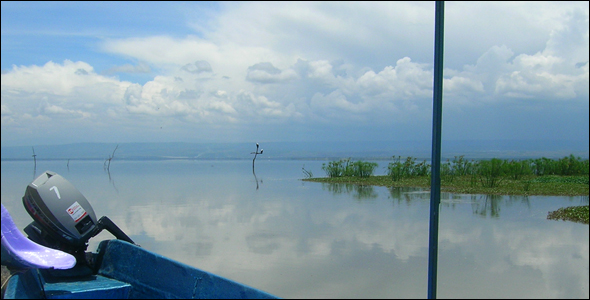
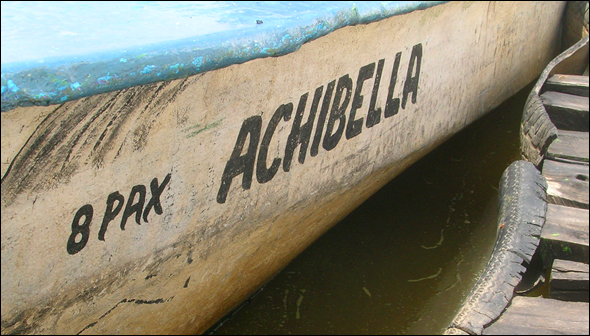

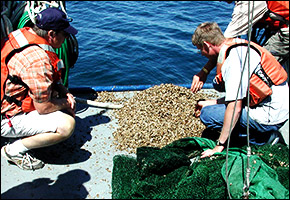



Good news! Now the lake water levels have greatly come up.